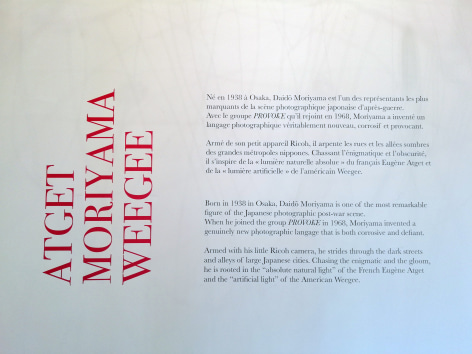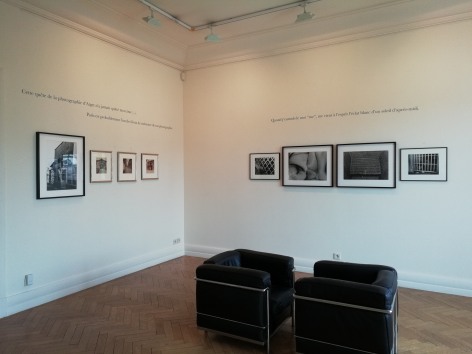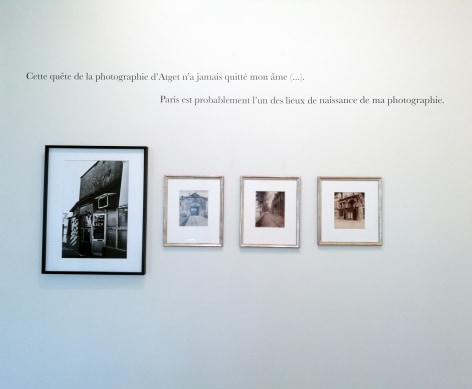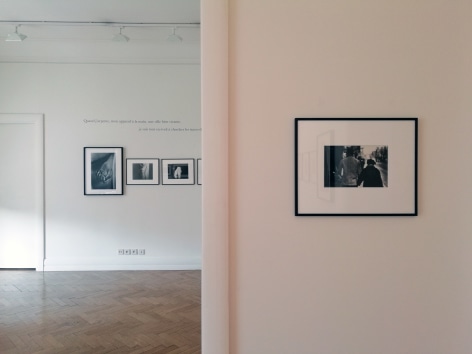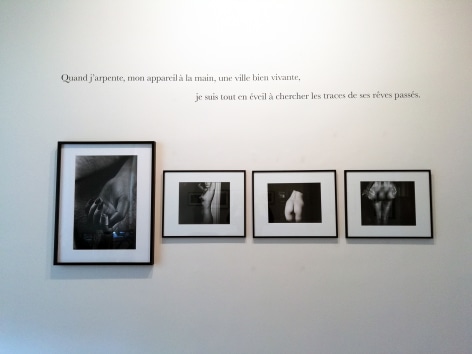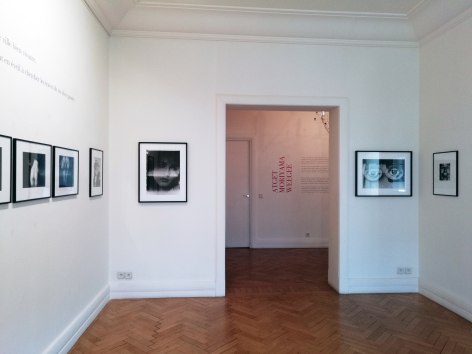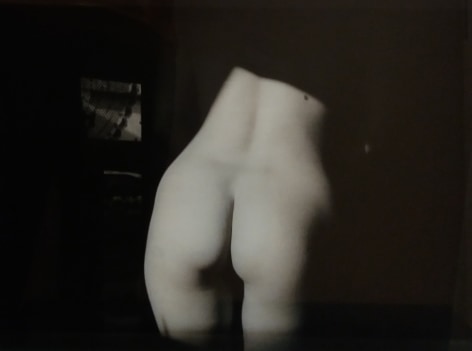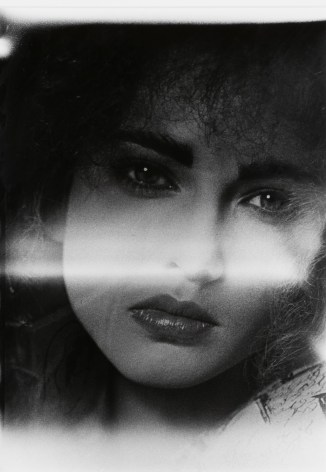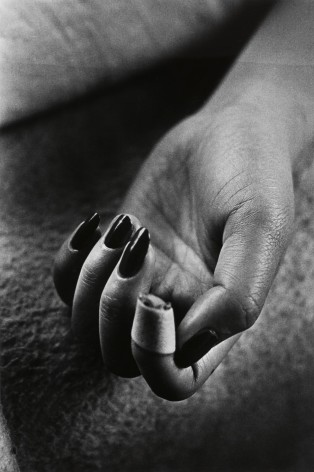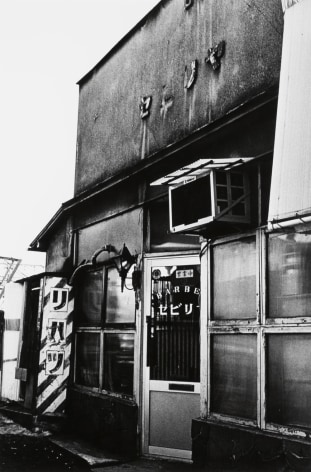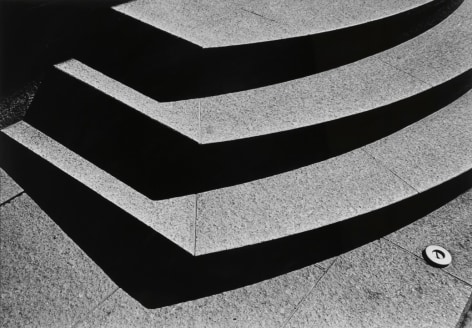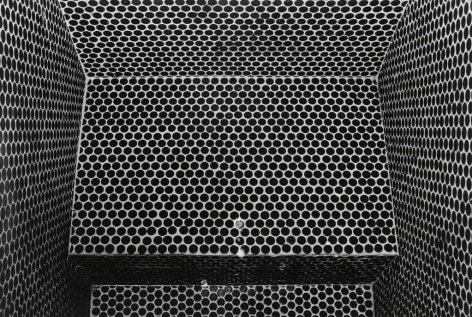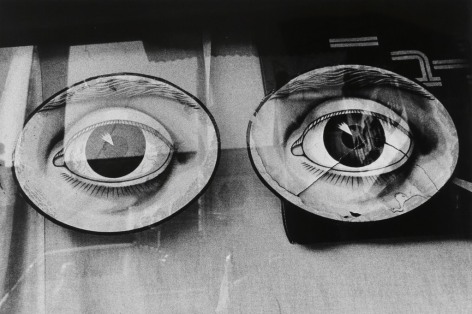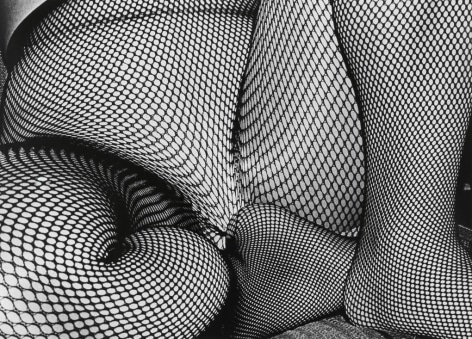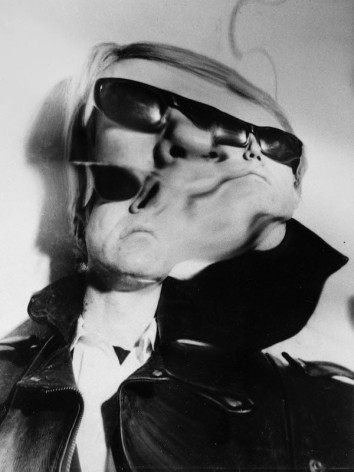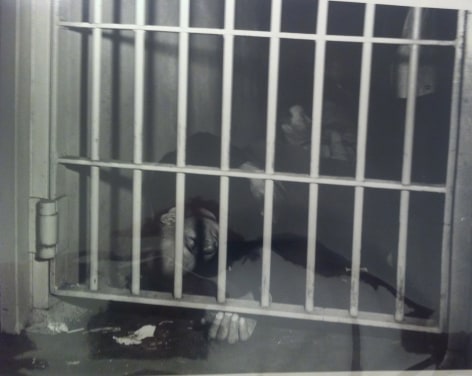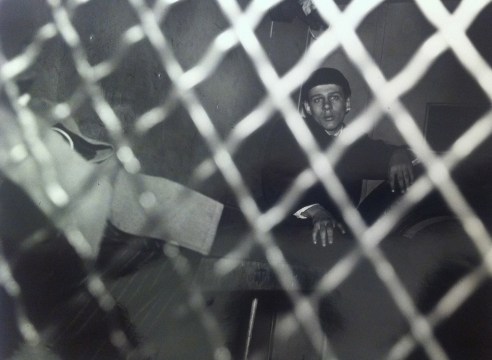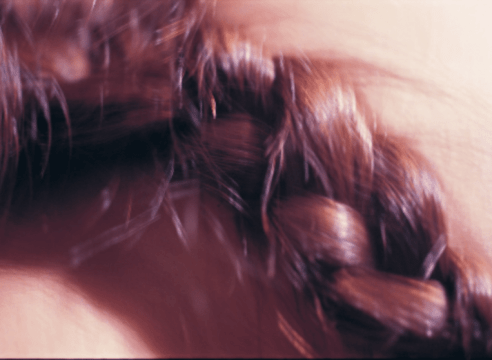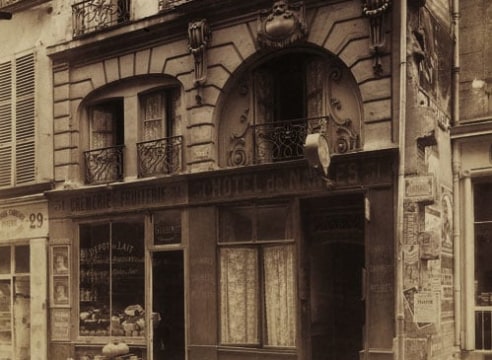
Vernissage le jeudi 22 mars, de 18h à 21h.
En 1968, Daido Moriyama publie sa première monographie Japan a Photo Theatre. Cette œuvre annonce déjà une des volontés de l’artiste qui sera par la suite constante – celle de mettre en image et en mouvement une essence japonaise. Tandis que son alter-égo, un chien errant et hagard, devient le symbole d’un nouveau Japon – Moriyama met en scène la ville, théâtre vivant où la rue, vibrante, devient un lieu d’effervescence et d’agitation.
Né en 1938 à Osaka, le photographe appartient à une génération d’artistes d’après-guerre ayant connu l’occupation par les troupes américaines et les bombardements atomiques de Hiroshima et Nagasaki, et qui notamment à travers la transgressive revue Provoke contribuera aux côtés d’autres photographes et poètes à fournir à la société de nouveaux « matériaux provocants pour la pensée ».
En voulant révéler l’atmosphère des grandes villes japonaises de manière viscérale, les photographies de l’artiste capturent des scènes où se mêlent l’obscurité et l’énigmatique. Dans ces lieux qu’il arpente, Moriyama s’arme de son appareil photo pour chasser des figures, formes et matières qui s’inspirent d'Eugène Atget et de Weegee à propos desquels il déclare : « Atget représente la lumière naturelle absolue et Weegee la lumière artificielle ».
Opening on Tuesday, March 22, from 6pm to 9pm.
In 1968, Daido Moriyama published his first book “Japan a Photo Theatre.”This book announces one of the ambitions of the artist, which will be in the future constant – the ambition to translate into images and movements the Japanese soul. While his alter ego, the stray dog, becomes the symbol of a new Japan, Daido Moriyama stages the city, as a lively theater where vibrating streets become a center of excitement and turmoil.
Born in Osaka in 1938, the artist belongs to a generation of post-war artists which had experienced the occupation by American military troops and the horror of Hiroshima and Nagasaki nuclear bombing, and who in particular through PROVOKE magazine, will provide to the country new “provocative material for thought.”
By wanting to reveal the atmosphere of large Japanese cities in a visceral manner, the images of Daido Moriyama capture scenes where obscurity and tenebrous mingle. In the places he is striding through with his camera in hand, he captures figures, forms and material, inspired by Eugène Atget and Weegee about whom he declares: “Atget represents the absolute natural light while Weegee represents the artificial light.”

